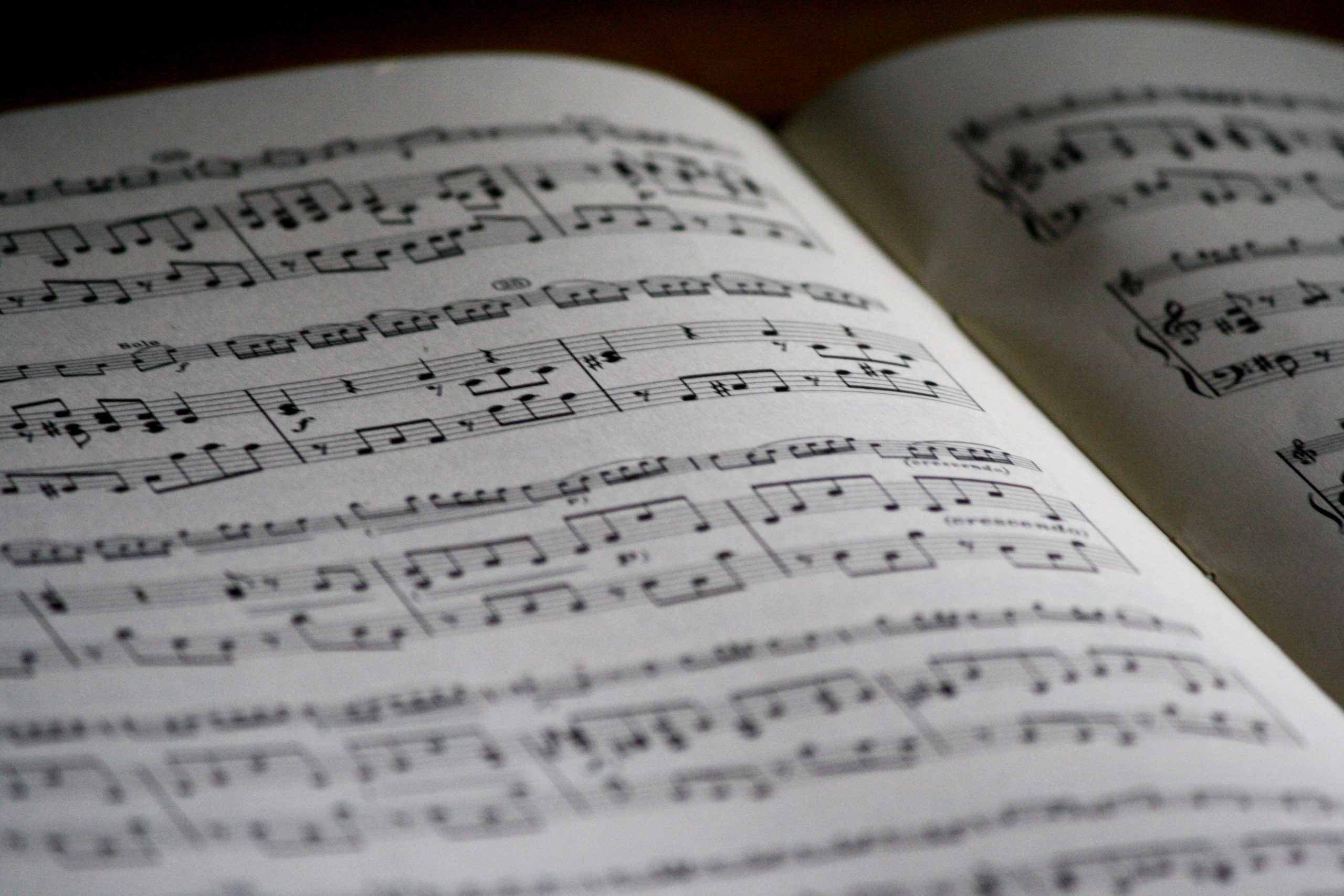Every year on a warm May night, the Weston High School auditorium would be filled with whispering family and friends. When time came the back lights would dim, until only the primly-dressed orchestra, a distinguished set of high schoolers, would glow up on the front stage. The whispers would be snuffed out. Orchestra teacher and director Meghan Stewart would lift her arms with dramatic anticipation, until she broke the silence with a flick of her wrist.
Every year, that is, until 2020.
When Weston, Connecticut’s district sent out the school closure announcement on March 11, 2020, school stopped fully for two weeks. During those weeks, students sat at home with the novelty of no work to do, and no academic plans for the near future. Even when classes started online, it was a shadow of its former self.
According to students in the orchestra class, the virtual format was particularly hard to navigate for their course. With no definitive instructions and no way to rehearse together, Stewart could only piece together makeshift class plans. Students practiced their instruments on Zoom — muted. An attempt at music analysis was made, but the more classical focus veered off genres like K-pop. “The vibe,” Stewart says, “was ‘This is going to be temporary.’”
This, of course, turned out to be very much not the case. And when students returned to campus for the fall, they still found their music classes unequivocally changed.
First of all, some students were not even back on school grounds. Out of fear, many decided to attend school through the Voluntary Distance Learning Program (VDL), which allowed students to sit in on in-person classes through Zoom.
Sofia Gitlin, a junior and cellist in the symphonic orchestra, described the challenges she faced as a VDL student. While she does believe that it was the best solution for the given situation, it was still hard to stay engaged while online. Gitlin said she often felt disconnected from the live classroom.
“The temptation to tilt my camera up and be on your phone the whole time was just really high,” Gitlin said.
The in-person students also had their own struggles. Due to the six-foot social distancing regulations set by the state, the class dynamic was forced to change. The stand partner system, in which two musicians would share the same music stand, was abolished. The usual semi-circular seating arrangement which allows for better acoustics and interactions was forced into a rigid block formation.
“There was no connection,” said Cody Crosby, the first chair violinist of the symphonic orchestra. The players all had to face the front of the room, so no one could make any eye contact.
However, Stewart said she does believe there were some positives to the split experience. With less people in the classroom, students could better hear their own playing. The unmuddled sounds also meant students were more aware of how their own playing fit into the orchestra.
For the 2020-2021 school year, there was once again no concert. The state cap on the attendees simply made it unachievable. However, unlike last year, the orchestra did memorialize their work in a recording of all their repertoire.
Hopes run high for the coming year. Students are excited about perhaps moving back to their old set-up and even gaining new members. They believe phasing back into pre-Covid conditions will allow them to connect more as a group.
“Ultimately,” Crosby said, “music is a really intimate experience.”

